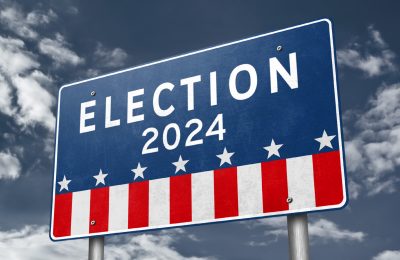While on the campaign trail, Governor Josh Shapiro touted his plans to “look to other states” and be more business competitive. This year’s budget proposal request for shiny objects comes in at a price tag of $48.3 billion, about an 8-percent increase from last year.
There are meaningful policies to make Pennsylvania more business friendly excluded from the governor’s plan. Namely, the corporate net income tax reduction is set to cap at 4.99 percent by 2030. An improvement from our previous highest in the country designation. However, this only puts Pennsylvania in the middle of the pack among business competitive tax structures nationally.
Additionally, Pennsylvania currently caps business’s Net Operating Loss (NOL) carryforward deduction at 40 percent of taxable income. We are one of only two states to cap NOL deductions below the federal limit of 80 percent of taxable income. There are 19 states that align with the federal rules, while 25 states have no deduction cap at all, that’s 44 states with better incentives than PA. If the governor’s claims to make PA business competitive are genuine, this cannot continue to be ignored.
The governor has continued to tout his money back guarantee on application fees for business investments as his gift to the business community. The reality is investors aren’t motivated by receiving a couple hundred dollars back on a $10 million investment only to restart the process and risk another denial. Should the governor genuinely want to move at the speed of business, he should look to states who have implemented “deemed approved” permit applications if not received back within 90 days.
His plan did include a request to be 30 percent solar by 2030, which would require land area the size of three counties to be cleared and the annual call for a $15 minimum wage increase.
Some highlights on new spending include:
- Nearly $1 billion to create a new higher education system to unite the PASSHE universities and 15 community colleges.
- $600 million to implement a 10-year economic development plan.
- $500 million to bring more commercial and industrial sites online.
- $25 million for a Main Street Matters program.
- $20 million to support large-scale innovation.
- $1.5 billion over the next five years in public transit.
- $37.5 million for a Gun Violence Investigation and Prosecution program.
- $37.5 million increase for the Violence Intervention and Prevention program.
- $100 million in mental health funding for K–12 schools.
- $11.7 million to develop a 10-year Master Plan for Older Adults.
Business owners understand investment is needed to grow, but unlike politicians, are accountable to “show me the money.” The governor proposed the state taps into its $14 billion rainy day fund. The budget would require $3 billion each year to cover the increased spending. However, according to the Independent Fiscal Office, by 2025–26 our rainy-day fund will be depleted. I didn’t check with our CFO, but the math doesn’t add up.
Senator Ward, the PA president pro tempore said, “Shapiro boldly confesses his spend plan is ambitious and uncompromising as it can only be implemented ‘as is.’ Shapiro’s spending plan is reckless in a ‘unicorns and rainbows’ way and would lead to significant tax increases for Pennsylvanians at a time of historic inflation and uncertainty for our nation’s economy. So maybe you won’t have any new taxes this year. But guess what? After this year, we’re going to have a lot of new taxes.”
The governor is making risky assumptions the legislature will legalize recreational marijuana with new taxes, a significant increase to skill games taxes, and a replacement of funds from “Biden bucks,” to name a few.
It seems even among his own projections that Shapiro’s ambitious spending won’t be sustainable around the time of the next presidential election. That is either a coincidence or political math.
Jezree Friend is vice president at the Manufacturer & Business Association. Contact him at 814/833-3200, 800/815-2660 or jfriend@mbausa.org.













